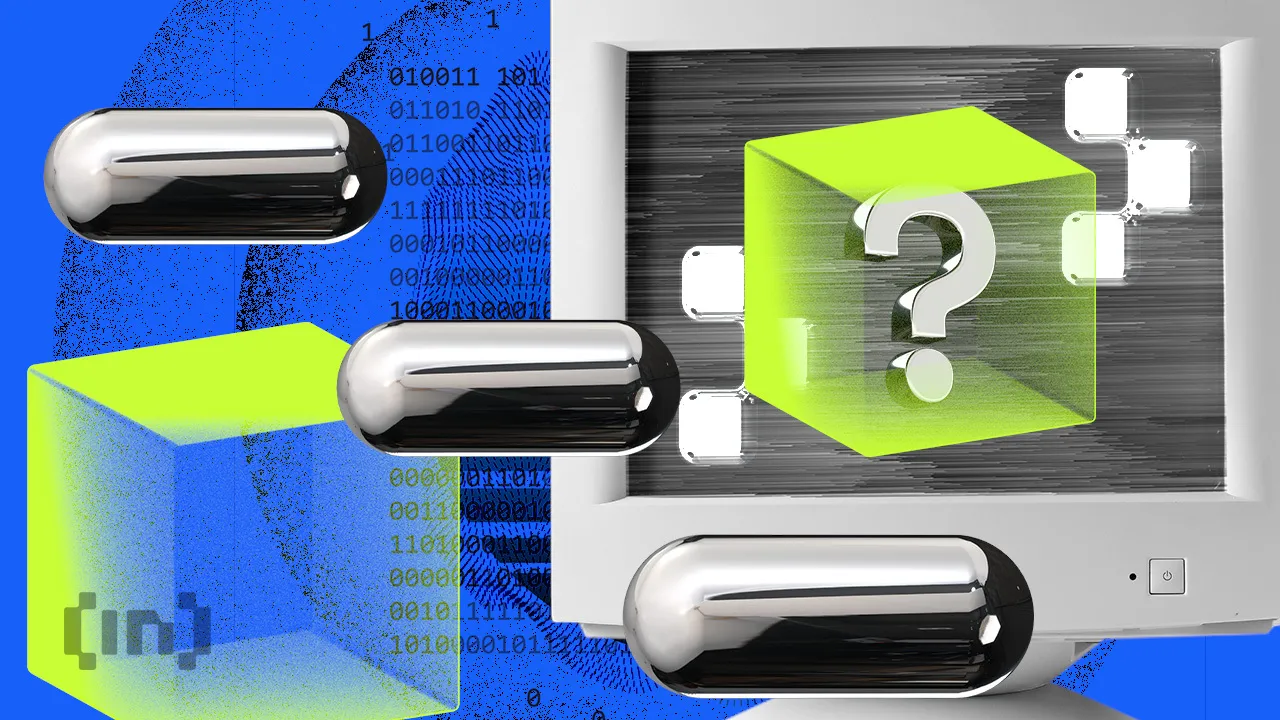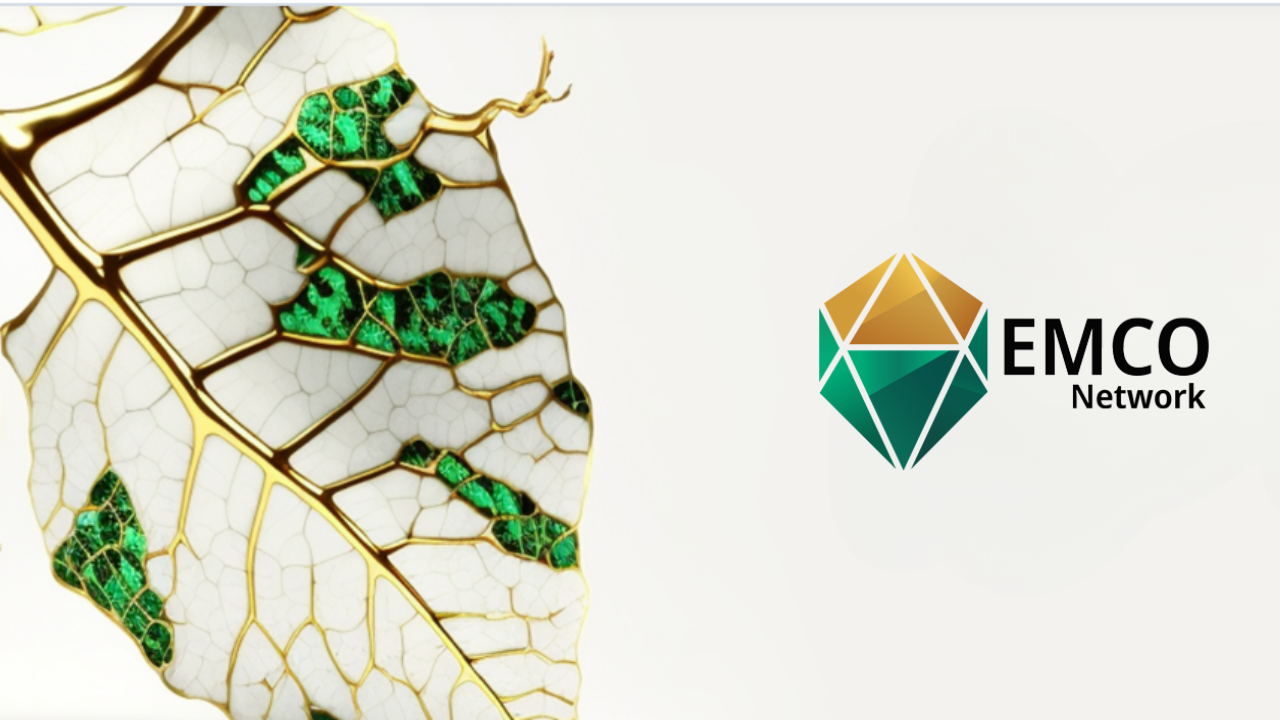Public or private? NFT holders will decide the fate of Niall Dailly’s VR music experience
by James · January 8, 2023

Inspired by the creative possibilities of Web3, the electronic musician and the past world record player champion Niall Dailly, also known as DJ Plus One, built interactive visual experiences around his new album “Metamorphic”. And there’s a unique twist: NFT holders can ultimately decide whether the rest of the world is allowed to freely experience these media.
Dailly, a former member of the Scratch Perverts and Jack Beats, began exploring NFT opportunities when the COVID-19 pandemic hit. Live performances were put on hold, and the Scottish musician suddenly got a lot more free time.
After dinto the Web3 space and draws inspiration from early audiovisual NFT pioneers Deafbeef, Dailly began to consider how to create something fresh and meaningful around his solo album project “Metamorphic”, which will be released under the name DAILLY. A nudge from a friend about the creative ability to “do whatever you want” with Web3 technology set the wheels turning in his head, he says Decrypt.
Dailly sought to create a visual narrative around his new album, but wanted it to appear as more than just a “really beautiful visualization”, in his words. On the other hand, building something within an existing one metaverse the game world didn’t feel like the right vibe. It had to match the songs, but also stand out enough to try to capture the interest of modern music enthusiasts.
“People look at things on their phones when they’re playing music, and you kind of have to preach pretty far these days,” he says. “People don’t pay much attention.”
Working with 3D artist Logan Gomez and art director Jeff Metal, Dailly used Lidar technology to scan real-world environments via an iPhone, using the data to represent the locales of East London in a tribute to the rise of the electronic the music scene. Through both hands-on and generative manipulation techniques, they developed visual images to pair with Dailly’s glitchy electronic soundscape.
Each interactive room is viewable in a browser on a computer or device with reasonable capabilities, allowing users to explore a 3D environment and absorb the audiovisual images. It can also be experienced through a VR headset, for example Meta Quest 2 or Quest Pro.
Metamorphic’s interactive environments will be sold in an exclusive Ethereum NFT drops this month BeetsDAO (the collective behind the NFT sci-fi book project Lost Children of Andromeda and the Snoop Dogg x Nyan Cat NFT collab) and art platform Asynchronous Artwith a total of 10 renditions of the album each containing the 10 songs.
A total of 100 NFTs will sell for 1 ETH each (currently about $1,260), each pointing to one of the online experiences. (An NFT is a blockchain-based token that proves ownership of a unique item, including digital media such as artwork, music files, and collectibles; NFTs can also serve as an access pass to both digital experiences and real-world events, providing the ability to vote on community and project decisions.)
The relatively limited drop size won’t be the only deciding factor in what could turn out to be a pretty exclusive owners’ club. That’s because interested buyers—whether they’re individuals or NFT collectors of DAOs—must interview Dailly via video chat before he approves someone to stamp the “Metamorphic” NFT albums.
After all, they are entrusted with a major decision about the future of his creation.
Table of Contents
ToggleAn ethical dilemma
When “Metamorphic” launches, the interactive online locations will be available for anyone to experience via official website, regardless of NFT ownership. The public version of the experience will remain online for at least six months, and users can freely explore the 3D settings as much as they want.
Whether the experimental music-driven worlds remain online after that point will be up to NFT album owners to decide. Daily frames it as an ethical dilemma to go along with the art and the vibes.
Should art owned by a select number of people be available and accessible to all? Or will they choose to collect the art for themselves and keep it private after the first window? The concept and potential benefits of scarcity can have different meanings within this framework, and NFT holders must consider the options before voting.
“Do you think that [“Metamorphic”] does it benefit you to exist in the real world or not? Are you selfish enough to think: ‘Actually no, I want it just for me,’ says Dailly Decrypt. “Or maybe you’re smart enough to think that if I leave it out forever, my NFT will actually become more and more valuable the more this becomes known?”
The dynamic was inspired by the traditional art world, says Dailly, as privately owned works of art can be displayed to the public in a gallery for a few months, but then remain out of sight. He didn’t want the “metamorphic” experiences to only ever be seen by a handful of owners, but he also wanted to appeal to buyers and give them a concrete say in the matter.
Dailly will vet potential NFT album buyers himself, but that doesn’t mean he can fully control who ultimately makes the decision. If all 10 albums are not sold in the first edition, the remaining songs will be put up individually in a public sale. Furthermore, album buyers can choose to “break” an album and sell individual NFT tracks on the secondary market.
The first album buyers will receive a special token with management rights, which they can keep even if they sell off tracks. Meanwhile, collectors who buy all 10 individual tracks can later claim their own Album Token with the same rights, if any are still available – there will only ever be 10 of the Album Tokens, thus 10 votes in total for the future to the project.
The feature to disable public access to the website with the “metamorphic” experiences is built into the NFT project’s smart contract. (A smart contract contains the code that operates autonomously decentralized apps and NFT projects.)
In this case, each album token owner can trigger the destroyPublic() function to call a vote after the initial six-month period, and upon quorum and majority vote, the “Metamorphic” website will forever be switched to a token-gated version only. available to the NFT holders.
Ultimately, Dailly says he’s at peace with the idea that proprietors will decide the fate of the public experience, even if they’re not the ones he chooses to manage the project.
“You can’t sell something to somebody,” he says, “and then say, ‘Yeah, it’s free forever.'”
A passion project
It’s an experiment, albeit one that both Dailly and his partners in BeetsDAO admit will likely lose money when all is said and done. Making the album and refining the visual accompaniment was time-consuming and expensive, plus NFT demand and crypto prices are down and it’s a modest drop.
The “Metamorphic” music will also eventually be released more widely, including via a second planned NFT drop that will offer album audio paired with a unique still image generated from the Lidar-powered recordings. No ETA has been set, but pricing is expected to be more mass-market friendly, with a price point similar to a CD box set.
“Personally, I need something that is almost like ‘warehouse’ prices, or like ‘poster in the gallery’ prices,” explains Dailly. “I need something to make this fit me ethically, and that was sort of there” phase two » conversation started.
Even with another NFT step ahead, Dailly describes the first experiential drop as more of an inventive art project than a business move. It is a proof-of-concept to show a different angle of what is possible with Web3 media and community management, and a commentary on the debate between public exhibition and private ownership of art.
“At a certain point in life, when you’re older and you really go for something you feel passionate about – you do these things,” he says, adding that the open technological possibilities surrounding Web3 only reinforce his fervor for the future of music in the room. “When people use the technology here to do different things, that’s when I get crazy excited.”
























